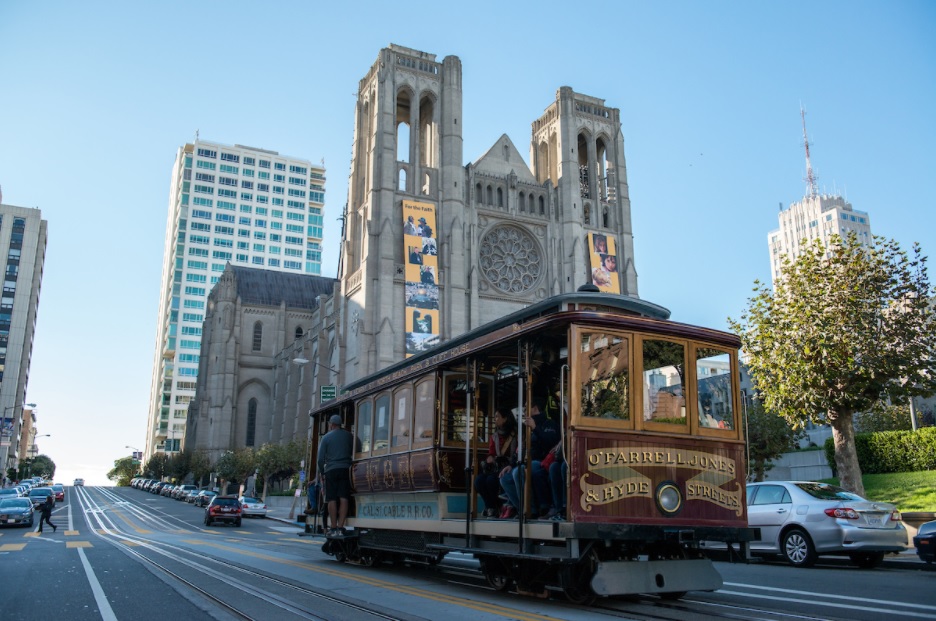Adaptive Scooters Coming to a Street Near You
By Rachel Vierstra
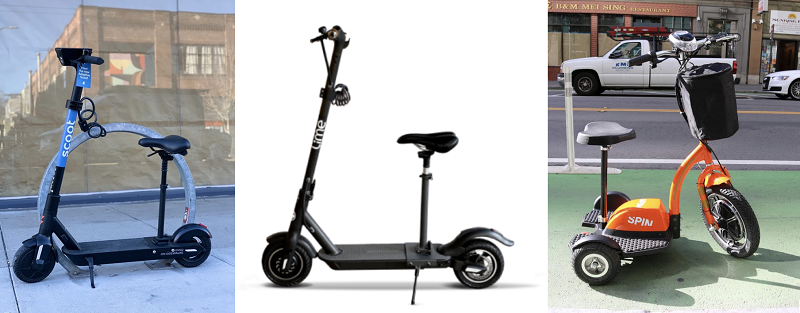 Shared Powered Scooters have grown in popularity over the past few years, giving residents and visitors to San Francisco one more alternative to traveling by car. Scooters can provide increased access to nearby necessities and a fun option for shorter trips. However, standard scooter models are not accessible to many people with disabilities.
Shared Powered Scooters have grown in popularity over the past few years, giving residents and visitors to San Francisco one more alternative to traveling by car. Scooters can provide increased access to nearby necessities and a fun option for shorter trips. However, standard scooter models are not accessible to many people with disabilities.
Motivated by our dedication to providing equitable access to transportation, the SFMTA required all powered scooter permittees to pilot an adaptive scooter program from January 2020 to June 2021. From that pilot, a first of its kind among U.S. transit agencies, we learned important lessons that inform how we can best require scooter operators to expand access for disabled riders moving forward.
2019-2021 Adaptive Scooter Pilot
The 2019-2021 scooter permittees, Scoot, Lime, and Spin launched their adaptive scooter pilots with devices that provided additional stability, such as a seat, a wider base, and an additional wheel. Each of the three pilots offered multiple options for reserving an adaptive scooter, including submitting a request through an online form, calling directly, or reserving through the company’s app. Once reserved, users were able to pick up the scooter from the company or have it delivered directly to them.
Throughout the pilot, the permittees were required to connect with different disability organizations to evaluate their program’s efficacy and solicit feedback on how best to meet their needs. This included surveys of users and roundtables with local disability organizations, including LightHouse for the Blind and Visually Impaired, Ability Now, Walk San Francisco, and the Community Living Campaign.
What We Learned
At the end of the pilot, the SFMTA required the permittees to conduct an evaluation of their programs to identify strengths and weaknesses and to share what they learned. The program had many successes during the trial period. All three permittees were able to offer the adaptive scooter rentals free of charge (Lime had a $5 refundable deposit), making the program financially accessible. In addition, based on user feedback, permittees were able to make modifications to existing models and introduce new, more useful models to their adaptive fleets during the pilot program. For example, all permittees altered seats so they could be raised and lowered based on the user’s height, and Lime and Spin added baskets so users could carry personal belongings. Starting in February of 2021, Scoot placed some of their adaptive scooters on the street, allowing anyone to rent them on demand.
By the end of the pilot, 158 different people had rented an adaptive scooter at least once, for a total of 786 rides. Input received from the community throughout the pilot underscored the importance of offering an array of scooter models that allow people with different mobility needs to access the program.
Incorporating lessons learned from the pilot program, permittees are now required to provide adaptive scooters as a minimum of 5% of their on-street fleet.
What’s Next: Permanent Adaptive Requirements for Scooter Operators
The new scooter permit began July 1, 2021 with Spin and Lime and on August 20 for Scoot. All on-street adaptive devices are rentable from the permittee’s existing mobile app, meaning a rider can reserve and ride an adaptive scooter in the same way as a standard scooter. The adaptive scooters must feature at least two of the following expansions to increase access: 1) three wheels, 2) seat, or 3) basket. Rental costs for adaptive scooters must be equal to or less than the rental cost of a general fleet scooter.
In addition to requiring the on-street adaptive scooters, SFMTA also incentivized permittees to continue piloting and testing additional adaptive scooter devices and service models, such as rental/testing hubs out in the community, pick up and drop off services, and additional community partnerships.
Learn More
Join us September 12, 2021 in Golden Gate Park to test ride an adaptive scooter! This adaptive transportation event will also feature our adaptive bikeshare pilot program and information about the Golden Gate Park Access and Safety Program. In addition, the scooter permittees will be sharing an adaptive scooter update at the Multimodal Accessibility Advisory Committee (MAAC) meeting on September 30, 2021.
Published September 03, 2021 at 11:21AM
https://ift.tt/2YrMoWf
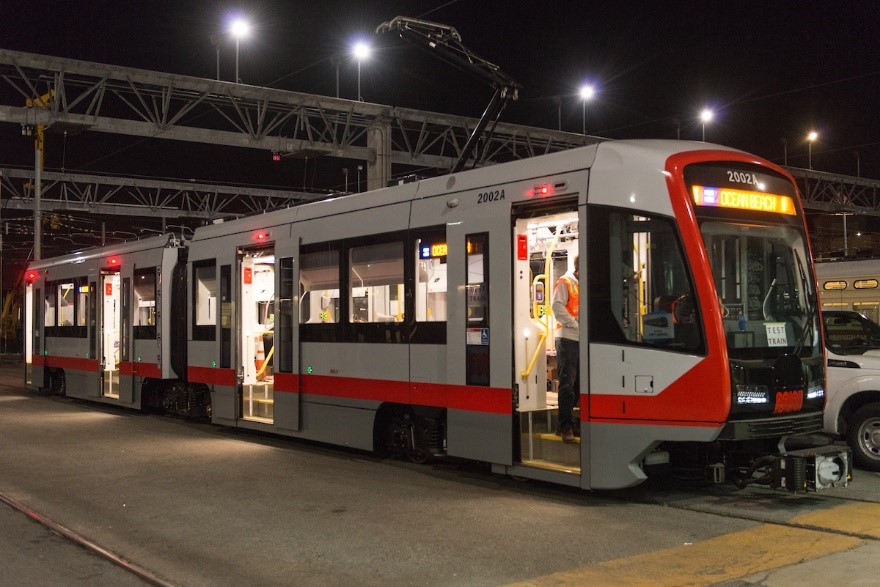
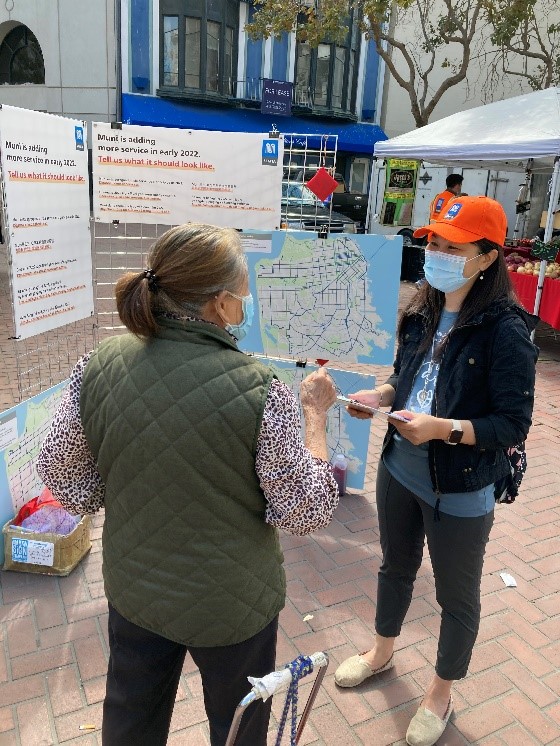
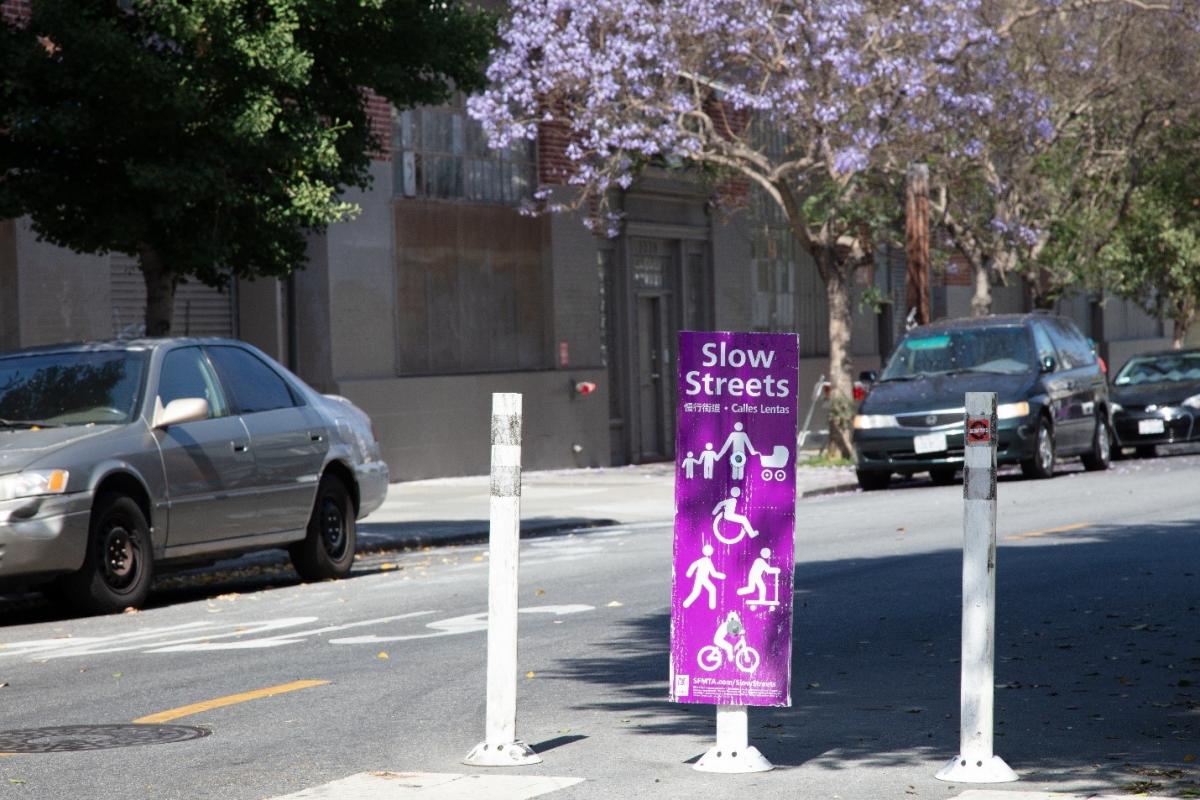
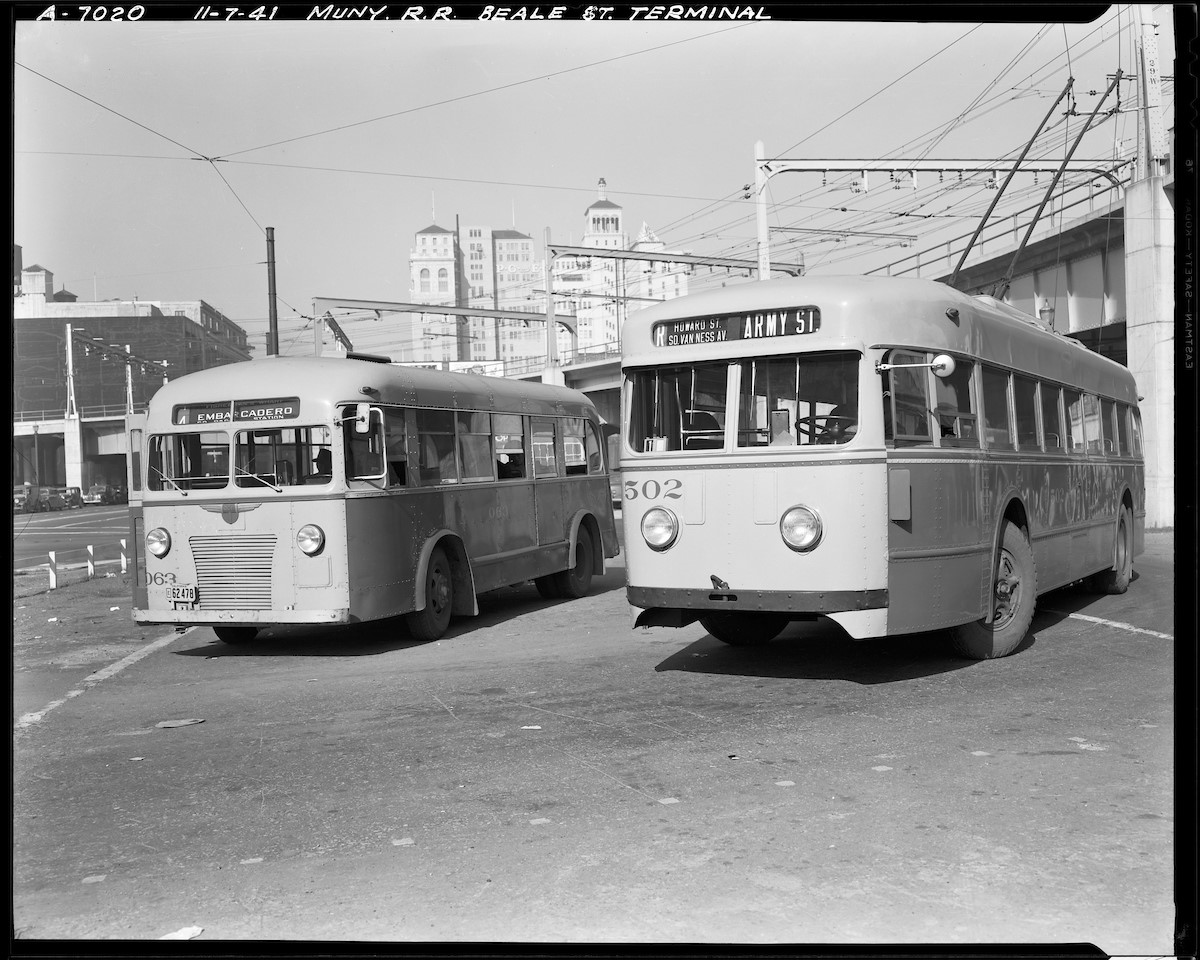
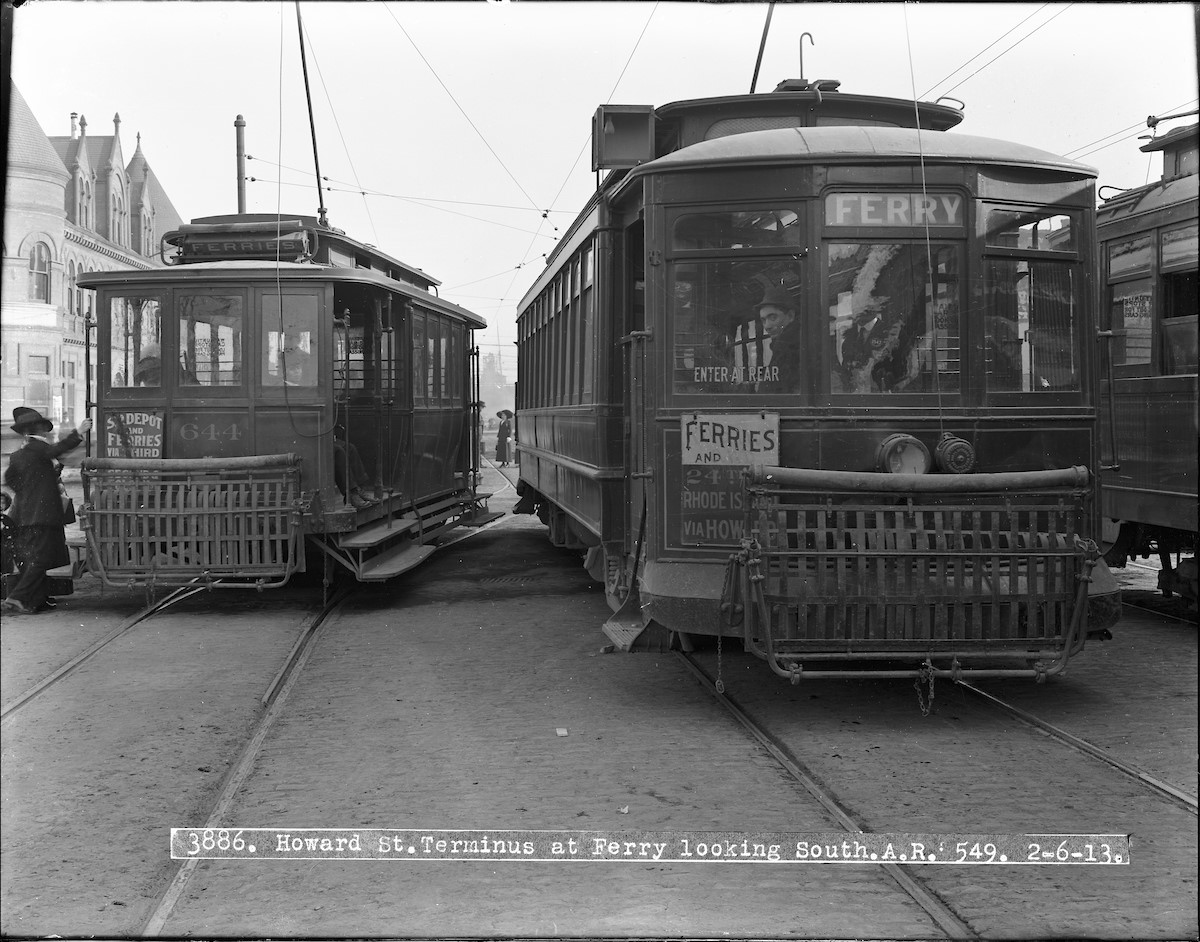
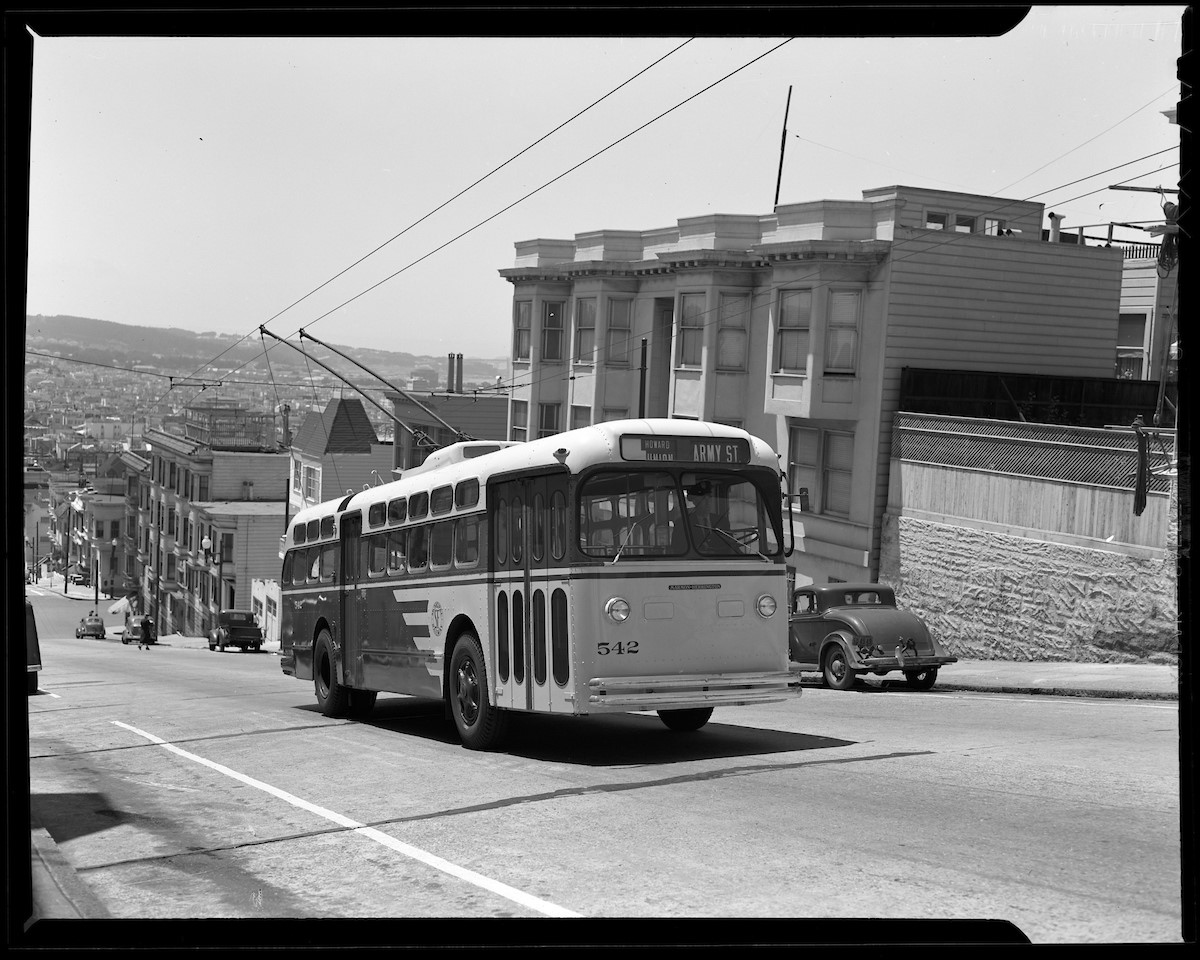
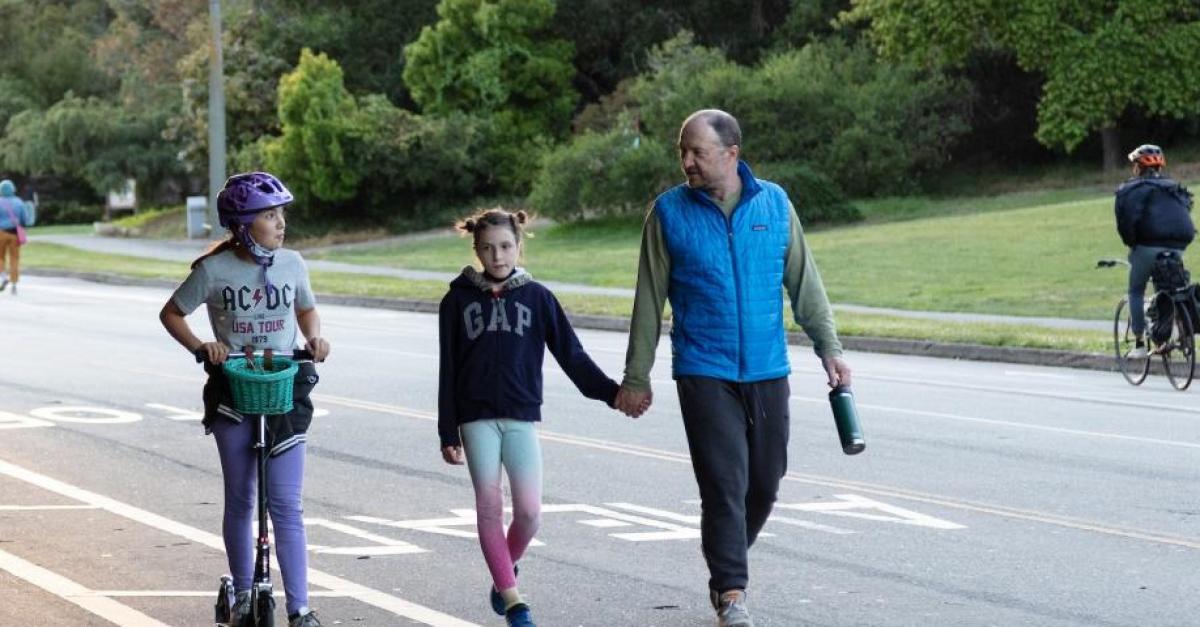 Today, the San Francisco Recreation and Park Department (RPD) and the SFMTA are jointly launching the
Today, the San Francisco Recreation and Park Department (RPD) and the SFMTA are jointly launching the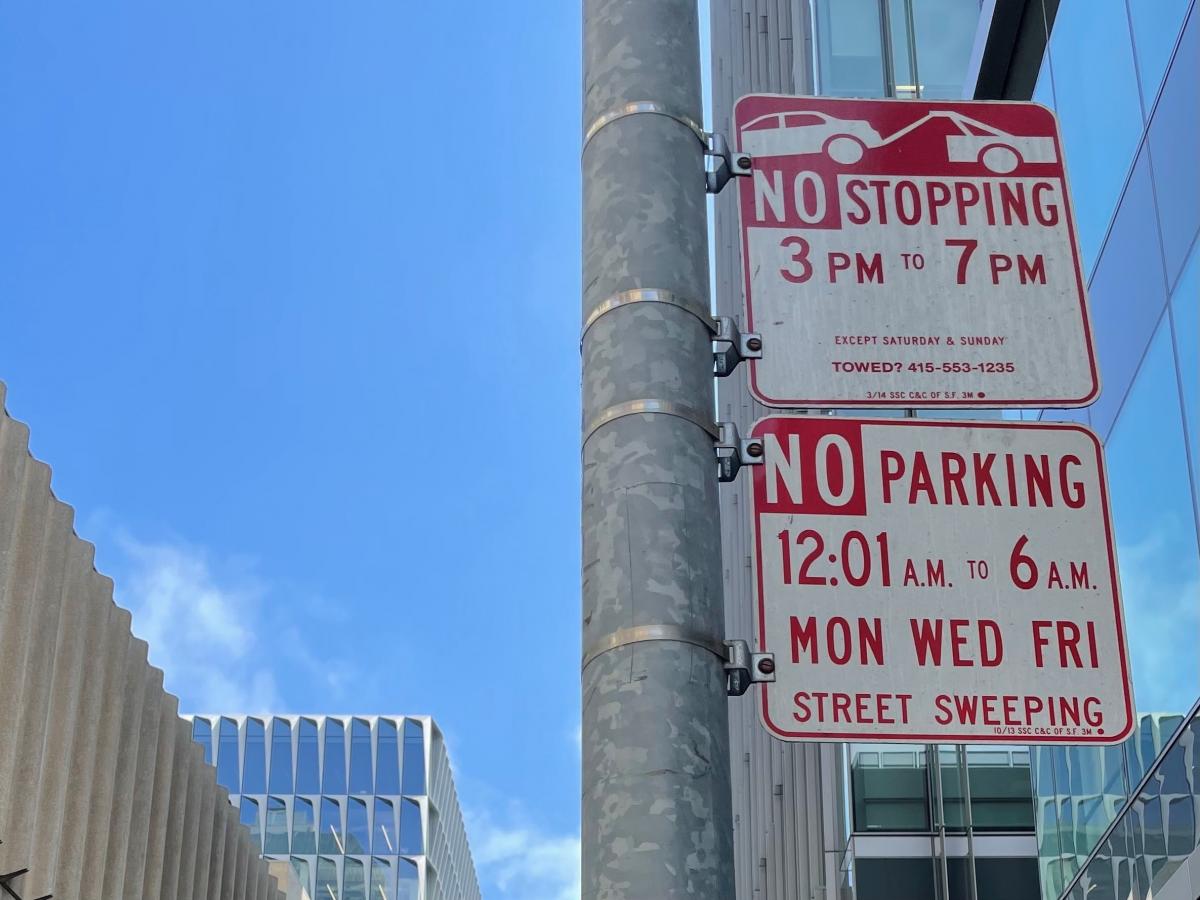
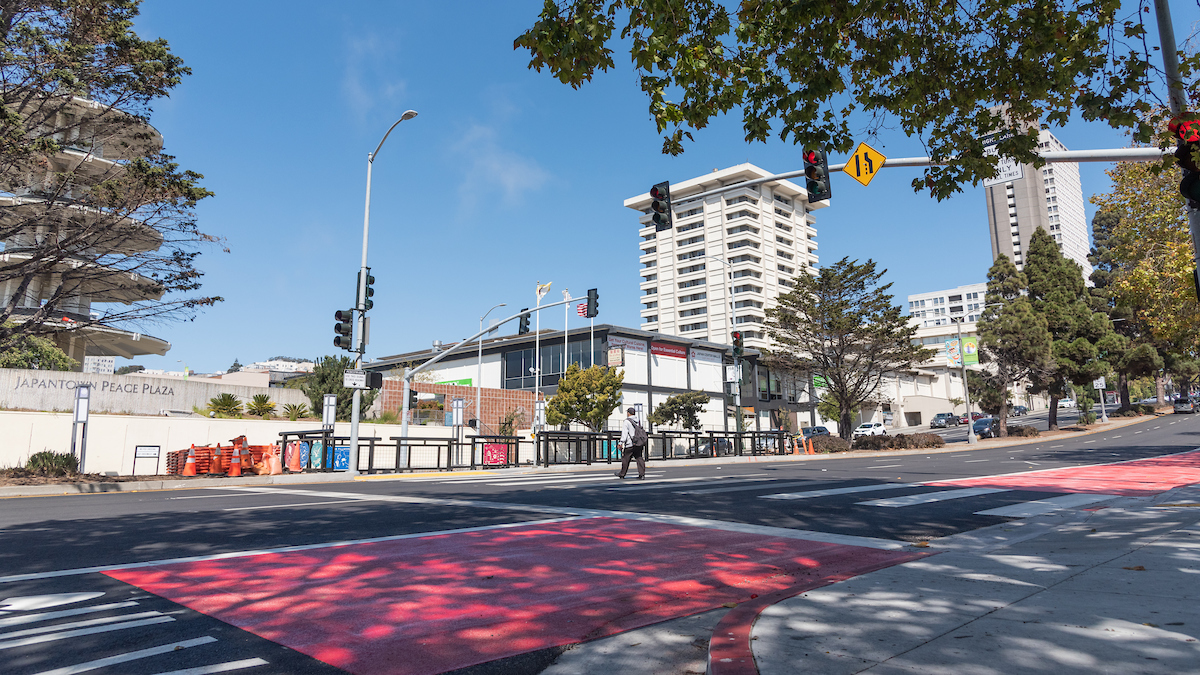
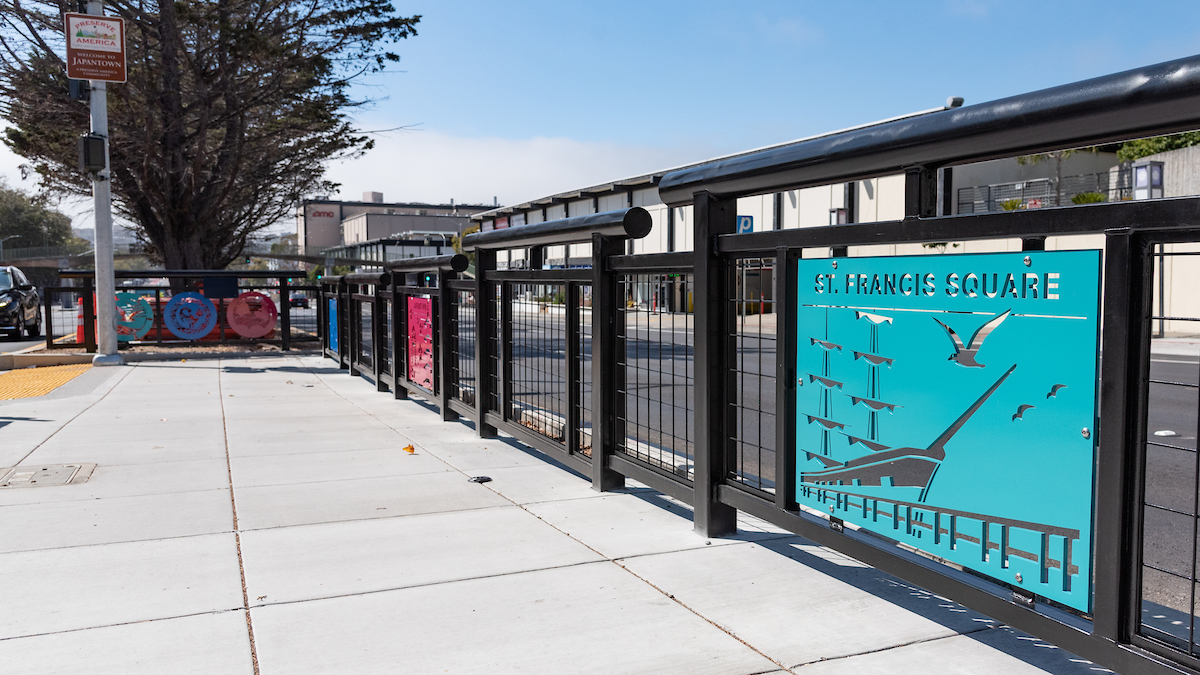 Community input informed the dimensions of the Buchanan crosswalk, which needed to have a large enough median refuge to accommodate groups of Rosa Parks elementary school children.
Community input informed the dimensions of the Buchanan crosswalk, which needed to have a large enough median refuge to accommodate groups of Rosa Parks elementary school children.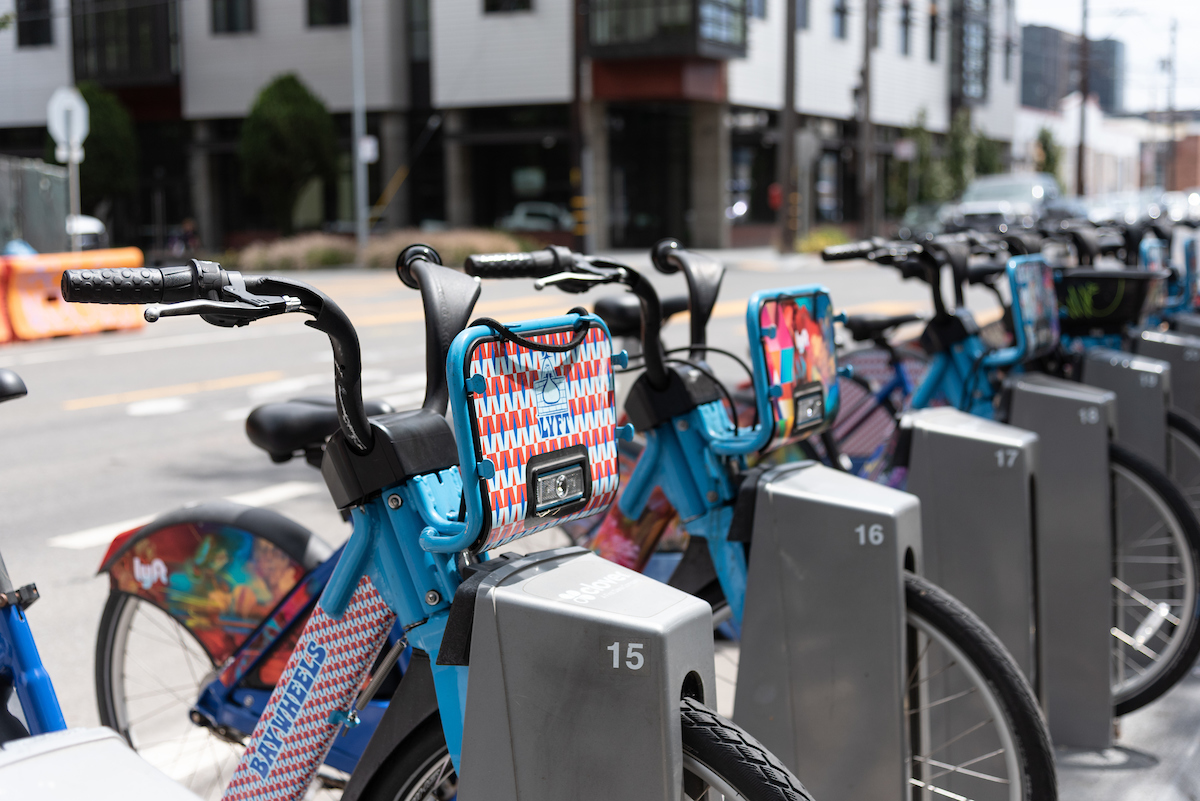
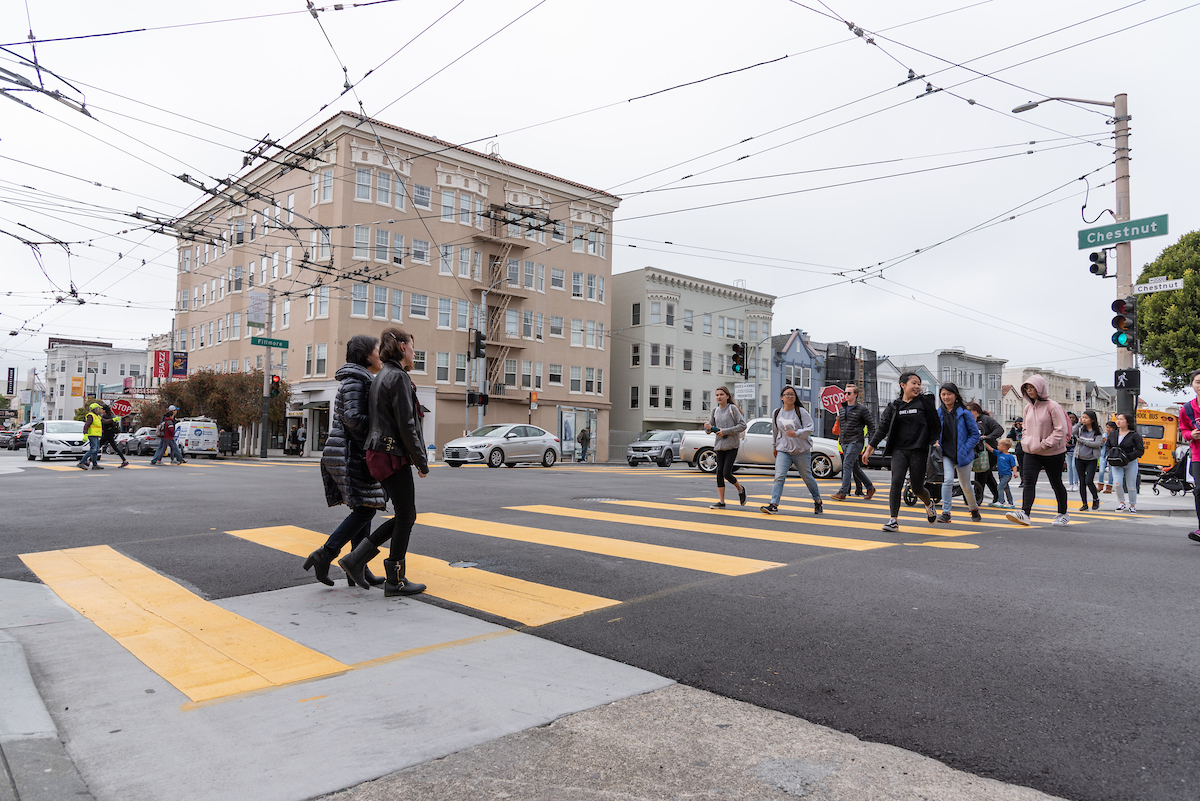
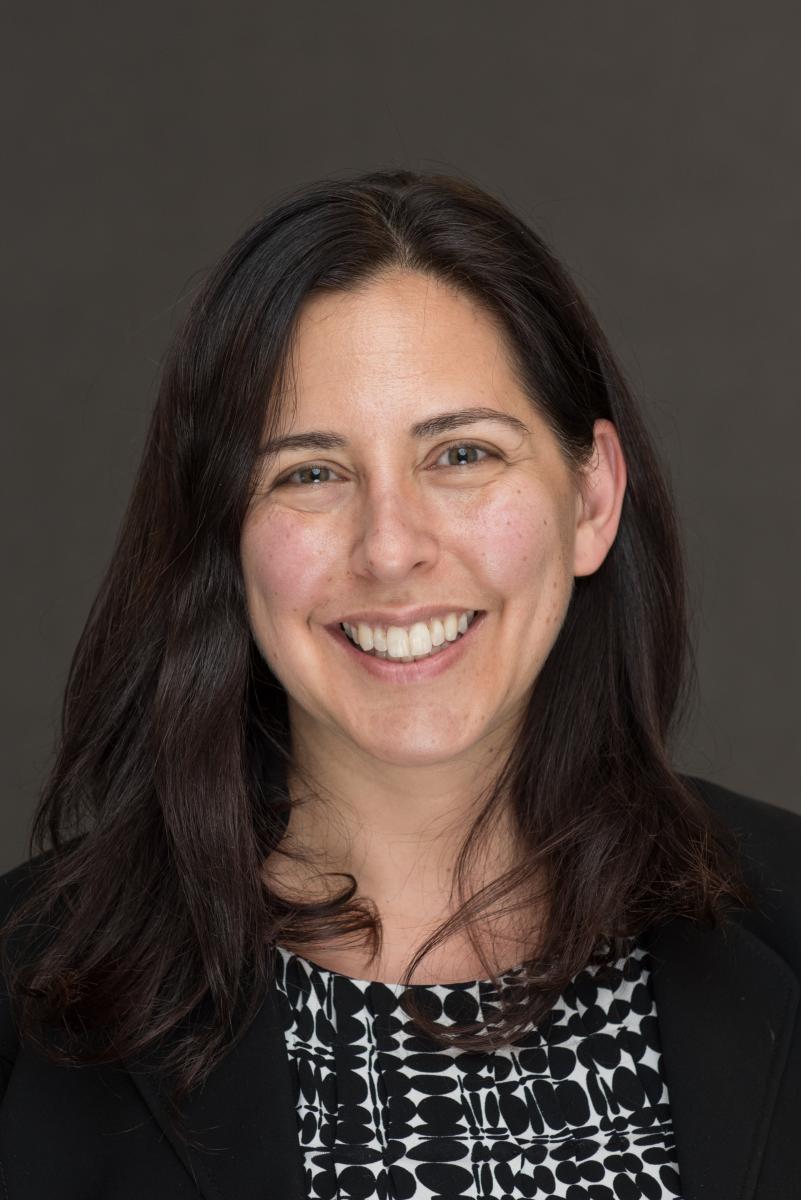
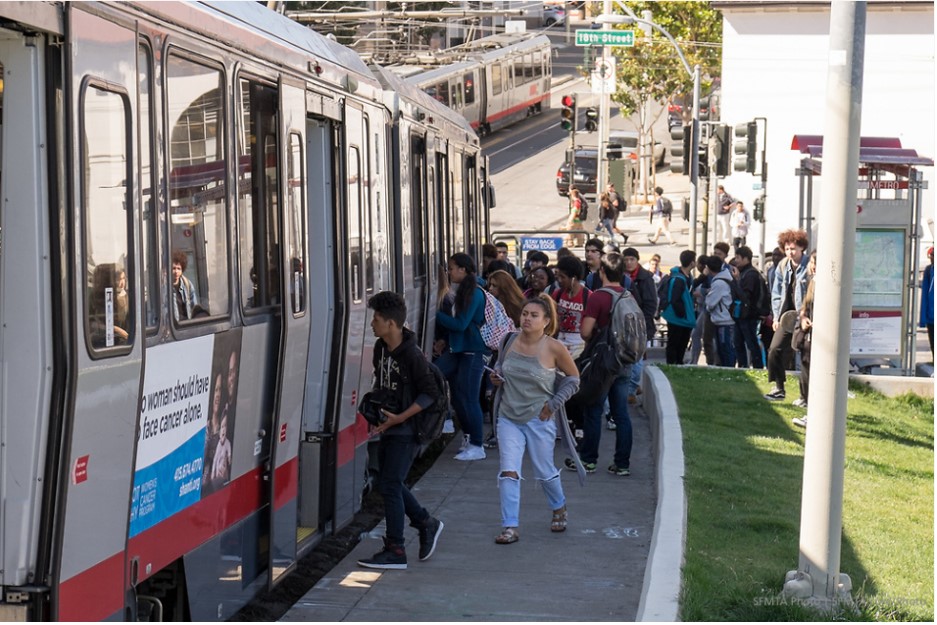
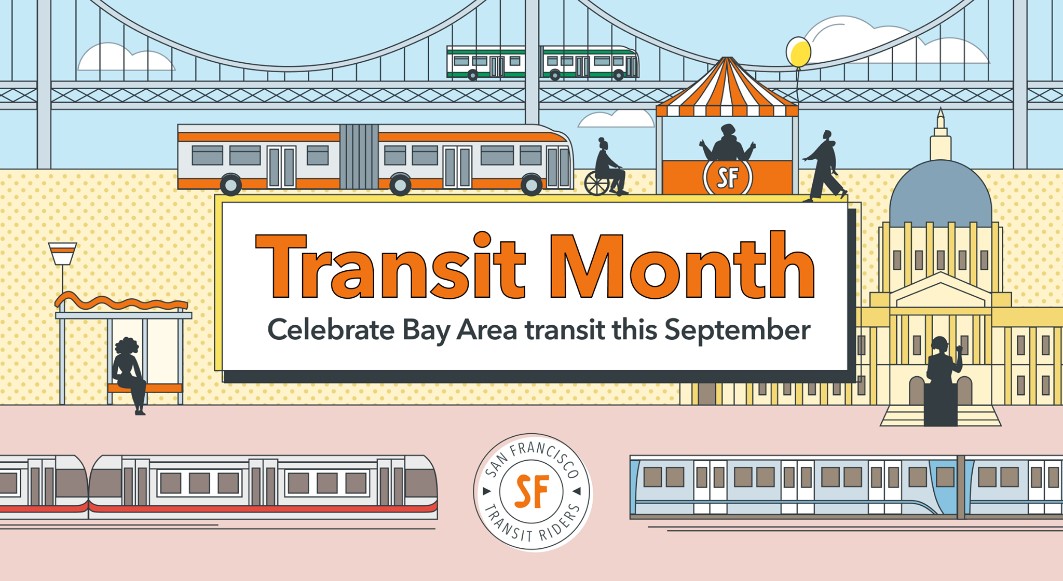
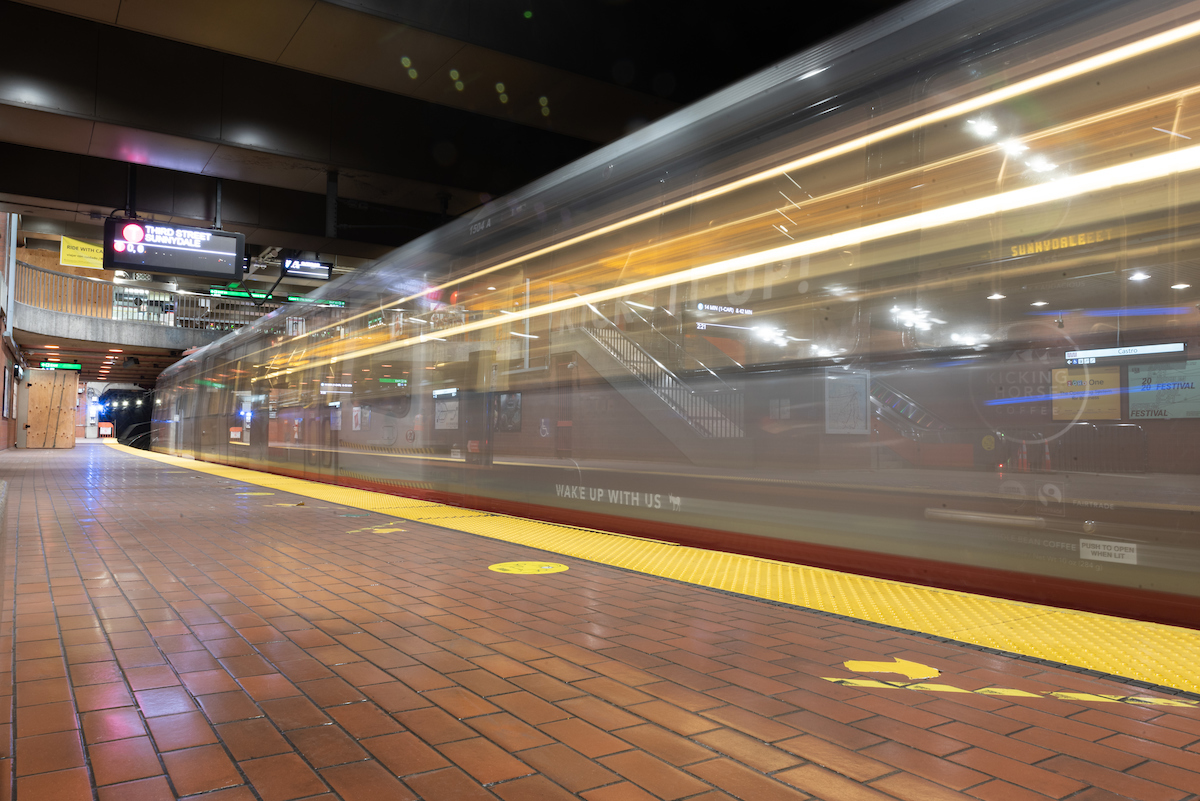 The SFMTA plans to extend Muni Metro service in the subway to midnight as part of our ongoing rail recovery and COVD-19 Muni service expansion starting Saturday, October 2.
The SFMTA plans to extend Muni Metro service in the subway to midnight as part of our ongoing rail recovery and COVD-19 Muni service expansion starting Saturday, October 2.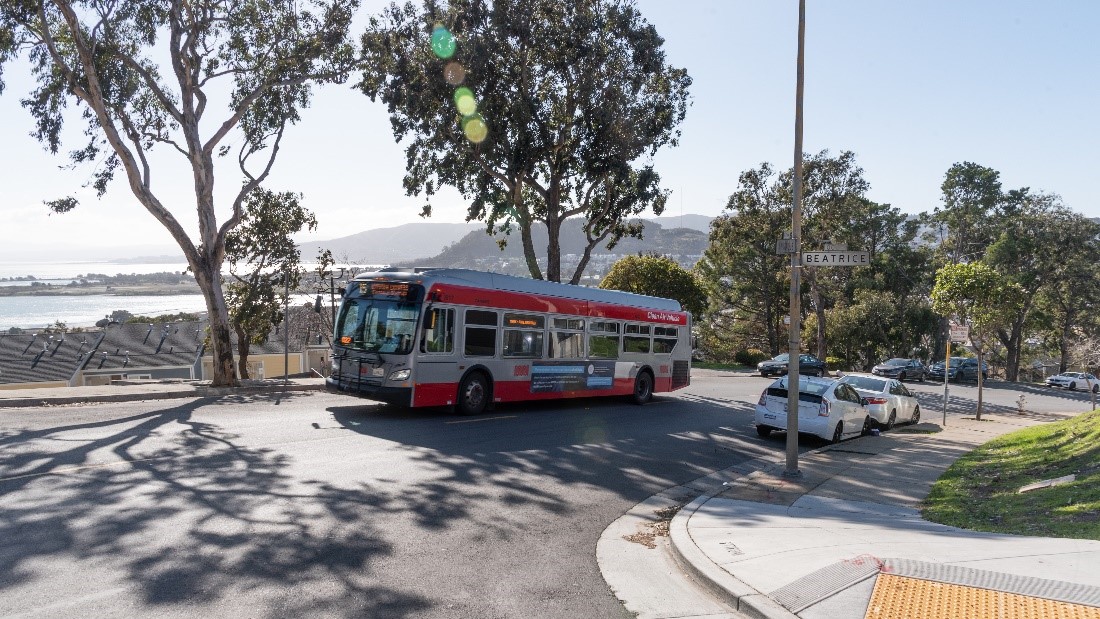
 Shared Powered Scooters
Shared Powered Scooters